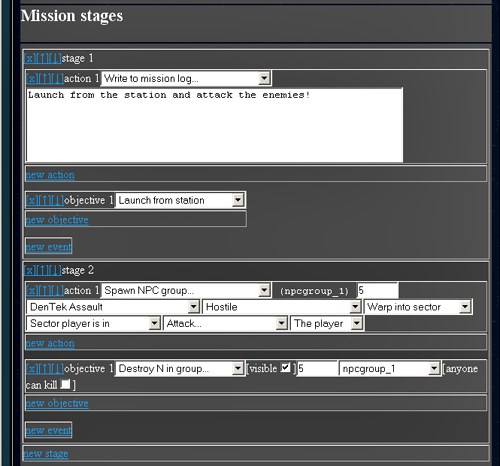

Heim, seven different concepts of virtual reality are identified: simulation, interaction, artificiality, immersion, telepresence, full-body immersion, and network communication. In the book The Metaphysics of Virtual Reality by Michael R. What the phrase “virtual reality” means or refers to, is not always unambiguous.

In addition, there are social, conceptual, and philosophical considerations with virtual reality. Most virtual reality systems come with consumer warnings. For example, a number of unwanted symptoms have been caused by prolonged use of virtual reality, and these may have slowed proliferation of the technology. There are certain health and safety considerations of virtual reality. Virtual reality typically incorporates auditory and video feedback, but may also allow other types of sensory and force feedback through haptic technology. The effect is commonly created by VR headsets consisting of a head-mounted displaywith a small screen in front of the eyes, but can also be created through specially designed rooms with multiple large screens. A person using virtual reality equipment is able to look around the artificial world, move around in it, and interact with virtual features or items. Other, distinct types of VR style technology include augmented reality and mixed reality.Ĭurrently standard virtual reality systems use either virtual reality headsets or multi-projected environments to generate realistic images, sounds and other sensations that simulate a user’s physical presence in a virtual environment. Applications of virtual reality can include entertainment (i.e. Virtual reality ( VR) is a simulated experience that can be similar to or completely different from the real world. Chapter 10: Design Methodologies 40 Virtual Reality


 0 kommentar(er)
0 kommentar(er)
